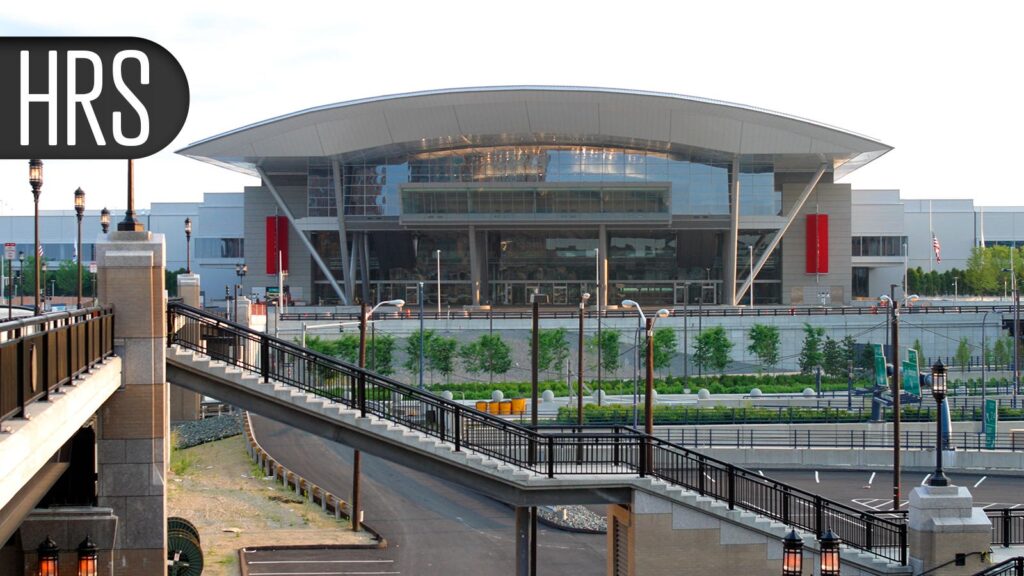BOSTON — For persistent atrial fibrillation (Afib), adding artificial intelligence guidance for ablation site selection improved success, the TAILORED trial showed.
Freedom from Afib after one procedure regardless of antiarrhythmic drug use at 12 months was 88% in the AI-tailored ablation group compared with 70% among those getting standard pulmonary vein ablation (P<0.0001), reported Isabel Deisenhofer, MD, of the German Heart Center Munich, at the Heart Rhythm Society (HRS) annual meeting.
The technique, which utilizes AI to detect spatial temporal dispersion points on 3D mapping to target for ablation, appeared safe but added nearly 40 minutes of mapping time onto the procedure, almost doubling total duration (178 vs 92 min).
“The use of Al for the objective, reproducible, and reliable identification of ablation target areas was pivotal in achieving this trial’s results,” Deisenhofer said at the late-breaking clinical trial session. She predicted that further automation could speed up the process and add efficiency to other types of ablation as well, including pulsed field ablation.
Session moderator and past HRS president Andrew Krahn, MD, of the University of British Columbia in Vancouver, called the superiority findings “a meaningful bump” in outcomes for a difficult-to-treat population.
“Most of the AI work to date has been really around diagnostics and not therapeutics,” he told MedPage Today, “which, to me, is what it needs to do. It needs to show new value, and that’s what this did.”
Session study discussant Tina Baykaner, MD, MPH, of Stanford University in California, noted that a glass half-empty perspective would be that it’s just another pulmonary vein isolation (PVI) add-on that doesn’t increase overall single-procedure freedom from atrial arrhythmias at 1 year.
Adding in freedom from atrial tachycardia as a secondary composite endpoint at 12 months, the AI-tailored approach held significant advantage over anatomical ablation alone in a per protocol analysis only when allowing for a second procedure (the average was 1.2 procedures per patient).
However, Baykaner noted that recurrences were mostly atrial tachycardia. “We understand atrial tachycardia mechanisms better, and it’s more curable than a recurrent atrial fibrillation,” Baykaner said. Also, the Al model can be further optimized to learn more “important” signals relevant to acute and long-term outcomes, she suggested.
When asked about the mechanism of benefit, Deisenhofer suggested that it wasn’t just a more complete PVI procedure that AI guidance contributed.
The PVI-alone success rate was “quite high” — roughly 10% higher than in the STAR AF II trial in persistent Afib, she said. “What we could reach with PVI alone was reached. So I think the PVI itself was done so properly that the additional effect, the benefit of the additional ablation was really not related to PV mechanism.”
Most of the sites identified by the AI as dispersion sites were outside the pulmonary vein, and half actually terminated in the right atrium, she pointed out.
The trial included 374 patients with 3 months to 5 years of de novo persistent Afib (or ≤1 year for U.S. patients) at 26 centers in Europe and the U.S. who were randomized to an AI-guided cardiac ablation procedure with the Volta system compared to an ablation procedure with PVI alone.
One redo procedure was allowed during months 6-12 of follow-up and was to follow the same study treatment group assignment of either dispersion and tailored-PVI or PVI plus up to two additional lines of ablation.
For the tailored intervention, electrogram data was fed to AI and then output of the Volta system was color coded for display and tagging on high density mapping. Spatio-temporal dispersion was defined as an ensemble of electrograms forming a localized sequential activation in a distinct area, appearing as clusters of three or more bipoles with activation suggesting localized reentrant-like conduction.
Follow-up was stringent, Deisenhofer said, with a minimum of three office visits, several Holter ECGs, and, in the case of symptoms, weekly cardiac ECG transmissions.
No differences were seen between groups in any safety endpoints.
Disclosures
Deisenhofer disclosed relationships with Abbott Medical, Biosense-Webster, Boston Scientific, Daiichi Sankyo, Bristol Myers Squibb, and Volta Medical.
Baykaner disclosed relationships with Medtronic Biotronik, PaceMate, Volta, Rhythm, Biosense Webster, and the NIH.
Primary Source
Heart Rhythm Society
Source Reference: Deisenhofer I, et al “Tailored cardiac ablation procedure for persistent atrial fibrillation guided by artificial intelligence: The TAILORED-AF randomized clinical trial” HRS 2024.
Please enable JavaScript to view the

